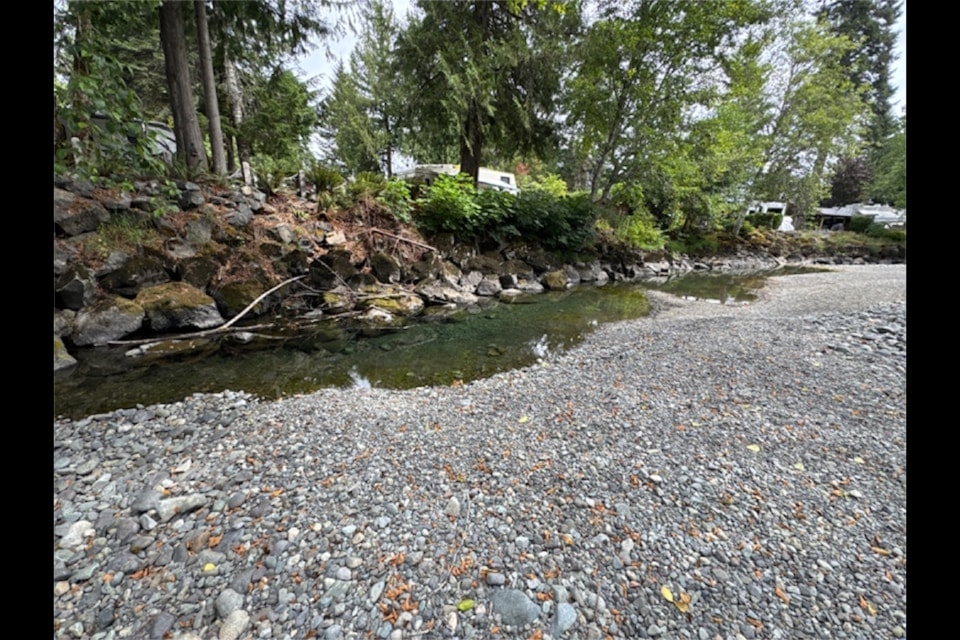Water levels in Cowichan Lake and Cowichan River remain challenging this summer season as dry and hot weather conditions continue.
Jeremy Guthrie, the environmental coordinator at the Domtar Crofton mill, which owns and operates the weir at Lake Cowichan, said on July 29 that water flows from the lake over the weir into the river have been holding at 5.5 cubic metres per second since July 12, but the leadership group on the Cowichan watershed will meet on Aug. 5 to consider lowering the flow down to 4.5 cms, which is considered necessary to secure a sustained base water flow until rainfall returns to the region.
“The forecast calls for some rain in the next few days, and they’re saying we may get as much as 15 millimetres, but I think it’s likely we’ll get less than that,” Guthrie said.
“Even if we got 15 mm of rain, it wouldn't make a lot of difference anyway right now without a lot more, but every little bit would help.”
The decision was made to reduce water flows over the weir from 7.06 cms to 5.5 cms early in July when it was determined that the lake was less than half full due to continuing dry conditions.
This summer season is now becoming as challenging as 2023 when a severe drought lowered water levels in Cowichan Lake and the Cowichan River dramatically, which resulted in the deaths of approximately 84,000 fish in the river.
Bob Crandall, the Ts’uubaa-asatx fisheries director with the Cowichan Lake Salmonid Enhancement Society & Hatchery, said society members have rescued more than 17,000 fish fry from isolated pools of water from quickly drying streams in the Cowichan watershed so far this year as the hot and dry conditions continue.
He said the monitoring of the water levels in the streams will continue.
“Fry salvage is looking to be a large effort this year and August will be focused on Robertson River and Shaw Creek,” Crandall said.
“We anticipate a very dry and busy fish fry salvage season this year and have [society members] on board to rescue fry, carry pails of fish and keep records.”



